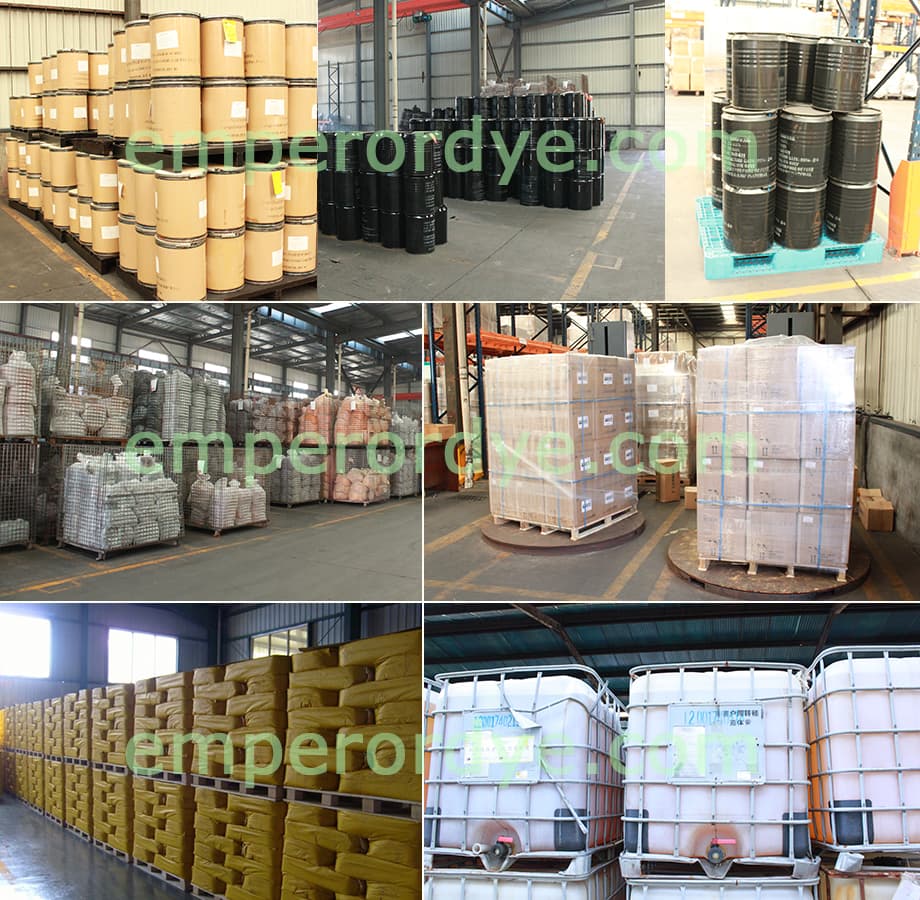Application and parameters of Basic Violet 10
Basic Violet 10
- TRADE NAME:
- Rhodamine B
- Rhodamine B extra
- Basic Rhodamine B
- Basic Rhodamine
- Brilliant Pink B
- Basic fluorescence Red 8B
CAS NO: 81-88-9
CI.NO: 45170
Basic Violet 10 Physical and Chemical properties
| Light Fastness | 2 |
| Perspiration Fastness(fading) | 3-4 |
| Perspiration Fastness(stain) | 1 |
| Soaping(fading) | 3 |
| Soaping(stain) | 3-4 |
Application Features
|
Fiber |
Item |
Light fastness |
Flooding |
Soaping (40℃) |
Perspiration |
Rubbing |
Ironing |
Sulfuric acid resistant |
Acetate resistant |
Alkali resistant |
|
|
Dry |
Wet |
||||||||||
|
Silk |
Smaple change |
2~3 |
4 |
3~4 |
4 |
— |
— |
4~5 |
4 |
4 |
3~4 |
|
White silk stain |
— |
1 |
1~2 |
1 |
— |
— |
— |
— |
— |
— |
|
|
White cotton stain |
— |
2~3 |
3 |
3 |
4 |
2~3 |
4~5 |
— |
— |
— |
|
The appearance is bright green glitter small crystalline powder. Basic Violet 10 is soluble in water and alcohol, all of which are blue-red and accompanied by strong fluorescence. It is slightly soluble in acetone and soluble in ethylene glycol ether. The dye is yellowish brown in concentrated sulfuric acid. It has strong green fluorescence, which turns into a scarlet after dilution, gradually turns blue red to orange; it is golden yellow in concentrated nitric acid. Its aqueous solution is added with sodium hydroxide as rose red, and there is flocculated precipitation after heating; Hydrochloric acid is separated by fine green crystals.
The amount of alkaline rose B in the dye bath at pH 5.5 is lower than the pH 3.2, because alkaline rose B is an amphoteric dye with both a carboxylic acid group and a tertiary amino group in the molecular structure. When the value is high, the ionization tendency of the carboxylic acid group in the dye molecule increases, the ionization tendency of the tertiary amino group decreases, and the ionized carboxylic acid group in the dye molecule and the acidic group ionized in the acrylic macromolecule are anionic. Mutual exclusion; when the pH of the medium is low, the situation is reversed, and thus the amount of dyeing is increased.
Basic Violet 10 Application:
mianly for textile like wool, cotton. also used for Paper,Industry calendered paper,typing paper and light paper.also used for paint and drawing. Hemp, wheatstraw, leather dyeing.
Use condition:
1. Silk dyeing: It is used for dyeing silk and is carried out in an acetic acid bath. It is dyed on silk with red-violet purple fluorescent color, bright color and yellow under tungsten light. The disadvantage is that the fastness is too poor, alcohol can be used. The esterification reaction is carried out, and the hydrophilic carboxyl group is blocked and modified. The modified dye is called "20% rose essence 3B", and the dyed silk has better fastness than rose essence B, and the water immersion is good. It can be improved by 2~3 grades, the soaping fastness is improved by 1~2 grades, the perspiration fastness is improved by 1~2 grades, and the light fastness is improved by grade 1, which can meet the quality requirements of silk printing and dyeing. Silk fabrics are used for grafting. "20% rose essence 3B" dyeing, the effect is better.
2. Acrylic dyeing: When used for acrylic fiber dyeing, the pH value is greatly affected. The dyeing bath is generally adjusted with acetic acid and sodium acetate, usually
The color light is stable in the range of pH 2.5~5.5; when the pH value is below 2.5, the color light changes. If the dye bath is required to be stable, A dilute solution of sulfuric acid or formic acid can be used.
3. Wool dyeing: It can be used for dyeing wool, in neutral or acetic acid bath, with light fastness level 2 and soaping fastness level 3.
4. Cotton dyeing: It can be dyed with tannin mordant cotton fiber, but the dyeing fastness is very poor, the light fastness is 1~2 grade, the soaping staining fastness is 3 grade, the water immersion staining fastness is 2~3 grade, sweat stain The color fastness is 1 grade, the ironing fastness is 4~5 grade, the sulfuric acid and acetic acid fastness are 4 grades, and the soda fastness is 3~4 grade.
5. Others: the paper industry is used to dye wax paper, printing paper, glossy paper, etc.; and precipitates with phosphotungstic acid to form oil for the production of oil .
Paints, paints; also used for dyeing hemp, straw, leather products.
Packing:

20 or 25kg/compound bag, carton box, iron drum, fiber durm for powder dye and 1000kg/tank for liquid dye
Basic Violet 10 Material Safety Data Sheet (MSDS)
- Inquiry for Basic Violet 10
- Question: *
- You can learn about other products:
- Basic Red 1:1
- Basic Yellow 2
- Basic Yellow 13
- Basic Yellow 28
- Basic Yellow 40
- Basic Violet 3
- Basic Red 1
- Basic Violet 1
- Basic Blue 7
- Basic blue 3
Products Catalog
- solvent red 24
- solvent red 49
- solvent red 122
- solvent red 111
- solvent red 146
- solvent red 195
- solvent yellow 21
- solvent yellow 33
- solvent yellow 93
- solvent yellow 98
- solvent yellow 114
- solvent orange 60
- vat red 41
- solvent green 3
- solvent green 5
- solvent blue 70
- solvent blue 104
- solvent black 3
- solvent violet 31
- solvent violet 13
Copyright right HANGHZOU EMPEROR CHEMICAL CO,,LTD © 2019 All rights reserved.

 Pусский
Pусский